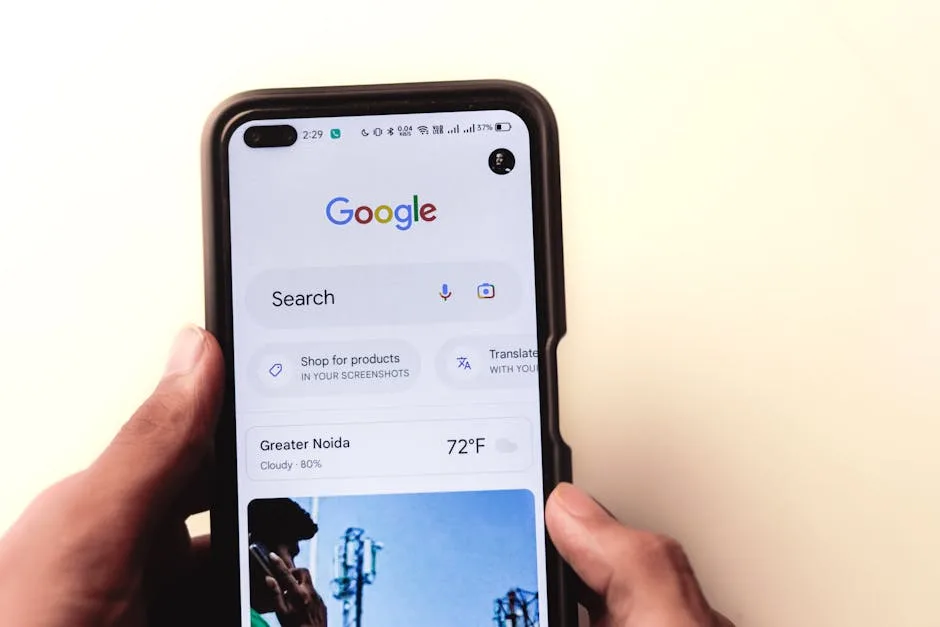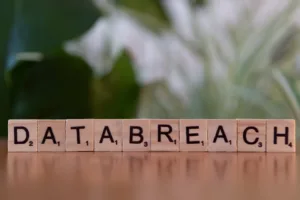
Google has initiated a significant legal action aimed at dismantling a sophisticated China-based cybercrime operation known as “Lighthouse.” The company filed a federal lawsuit alleging that the group operates a “Phishing-as-a-Service” (PhaaS) platform, enabling clients worldwide to launch SMS phishing (smishing) campaigns that have targeted over a million people across 120 countries5. The scams have notably impersonated trusted entities like the U.S. Postal Service (USPS) and E-ZPass toll systems to steal credit card information and personal data3, 6. In a novel legal strategy, Google is pursuing the case under the Racketeer Influenced and Corrupt Organizations (RICO) Act, a powerful statute more commonly associated with prosecuting organized crime syndicates9.
This legal maneuver represents a proactive effort to disrupt the underlying infrastructure of a cybercrime ecosystem. The lawsuit targets a group of 25 individuals, referred to by Google as the “Chinese Smishing Triad” or the “Lighthouse network”8. The primary objective is to obtain a court order that would compel the shutdown of the website infrastructure and domains supporting the Lighthouse operation6. The scale of the alleged fraud is substantial, with estimates placing the financial impact at approximately $1 billion5. This action is part of a broader, dual-track strategy by Google that combines this lawsuit with a push for new legislative measures to combat international cyber scams more effectively7.
The Lighthouse Phishing-as-a-Service Model
The core of Google’s complaint centers on the “Phishing-as-a-Service” model operated by the Lighthouse group. This business model lowers the barrier to entry for cybercrime by providing ready-made software kits that clients can use to create and launch their own phishing campaigns1, 4. Instead of building their own phishing infrastructure from scratch, threat actors can essentially rent the tools and services from the Lighthouse operators. This service-based approach has enabled a “staggering” volume of attacks, with the group accused of creating over 200,000 fake phishing websites designed to mimic legitimate organizations9.
The technical infrastructure supporting such a large-scale operation is complex. The defendants are alleged to have managed a network of domains and servers that hosted these deceptive websites. The PhaaS platform would have provided customers with a user interface to customize their phishing pages, manage campaigns, and collect stolen data. This commoditization of phishing tools allows even low-skilled attackers to conduct sophisticated smishing campaigns, contributing to the widespread nature of the threat. The operational resilience of such a service is a key challenge for defenders, as takedowns of individual domains have limited impact on the overall criminal enterprise.
Scale, Impact, and Common Lures
The global reach and impact of the Lighthouse operation are difficult to overstate. With over one million people targeted across 120 countries, the campaign represents a significant and widespread threat to consumers and organizations alike5, 7. The estimated $1 billion in alleged fraud underscores the severe financial consequences for victims who had their credit card information and other personal data stolen5. The impersonation of trusted brands like E-ZPass and the USPS is a calculated social engineering tactic designed to exploit public trust and familiarity with these institutions.
The choice of lures is strategically selected to prompt immediate action. A text message claiming to be from a toll service about an unpaid fee or from the postal service about a missed package delivery creates a sense of urgency. Victims are then directed to one of the hundreds of thousands of fake websites, which are crafted to look identical to the legitimate service’s payment portal. Once there, any payment information or login credentials entered are harvested by the attackers. This method has proven effective, as the messages appear to come from essential services that individuals regularly interact with.
Legal Strategy and the RICO Act
Google’s decision to file suit under the Racketeer Influenced and Corrupt Organizations (RICO) Act is a notable escalation in the legal fight against cybercrime9. The RICO Act is a powerful U.S. federal law originally designed to combat organized crime, and its application to a foreign cybercrime group is reported as a first-of-its-kind move by the company9. This legal tool allows for the prosecution of individuals involved in a criminal enterprise, even if they did not directly commit the predicate crimes, and provides for severe penalties and civil causes of action.
The use of RICO suggests that Google’s legal team is framing the Lighthouse operation not merely as a loose collection of hackers, but as an organized criminal enterprise with a defined structure and common purpose. This approach could potentially allow Google to pursue not only the core operators but also their clients and any affiliated entities that form part of the “Lighthouse network.” The primary goal of the lawsuit is to secure a court order that would authorize the disruption of the technical infrastructure—the domains and servers—that keeps the Lighthouse platform online6. A successful RICO case could set a precedent for other technology companies seeking to dismantle similar criminal platforms through the judicial system.
Relevance and Remediation Steps
The Lighthouse case highlights the evolving nature of the cybercrime economy, where service models lower the technical bar for conducting large-scale attacks. For security professionals, this underscores the importance of defending against highly polished and scalable phishing campaigns. The technical specifics of the operation, such as the use of a vast network of lookalike domains, point to the need for robust domain monitoring and brand protection services. The scale of 200,000+ fake sites also demonstrates the automation capabilities available to threat actors through PhaaS platforms.
Organizations, especially those in the transportation and logistics sectors like toll services, or any entity that processes payments online, should consider the following remediation and hardening steps. Implementing and strictly enforcing multi-factor authentication (MFA) for customer accounts can prevent credential theft from phishing sites from leading to account takeover. Proactive domain monitoring to detect typosquatting and domain spoofing campaigns can provide early warning of impersonation attempts. For internal defense, continuous security awareness training that includes examples of current smishing lures is critical. Technical controls, such as DNS filtering solutions that block known malicious domains and advanced email security gateways that can filter SMS-based threats in an enterprise mobility management context, can reduce the attack surface.
The legal action against the Lighthouse group represents a significant shift towards using judicial power to complement technical takedowns. While technical efforts can disable specific components of a criminal operation, a successful lawsuit aims to dismantle the entire business model and hold the operators accountable in a court of law. This case will be closely watched for its effectiveness in creating a durable deterrent against other PhaaS operators. The outcome could influence how technology companies and law enforcement agencies collaborate to combat cybercrime that originates from beyond their immediate jurisdictional reach. The combination of legal action and a push for new legislation indicates a multi-faceted approach to a problem that technical solutions alone have struggled to fully resolve.





